japanese bathhouse, sento
Japanese Bathhouse: A Fascinating Journey Through History

Anna Ayvazyan
Posted on July 31, 2023
Share:
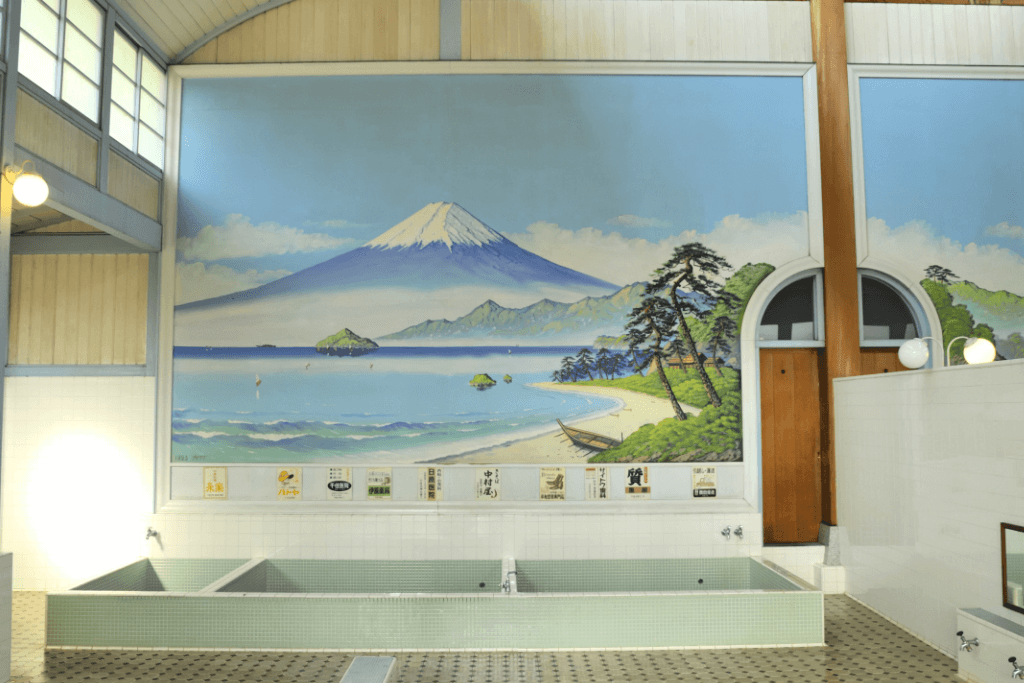
When visiting Japan, one of the buildings you may encounter while walking around is sento (a public Japanese bathhouse). These bathhouses have a long history in Japan but have slowly decreased in the past decade. They’re a more practical alternative to onsen, with a vibrant history.
Where did the Japanese bathhouse come from?
The Japanese bathing culture’s origins are closely linked to Buddhist and Shinto practices. In Buddhism and Shintoism, water is a way to purify oneself. The earliest reference to a bath in Japan appears in the sixth-century texts. In addition to purifying, people believed bathing improved health through steam. There is some historical evidence that sento-like baths have been used in Kyoto since the Heian period (794–1185).
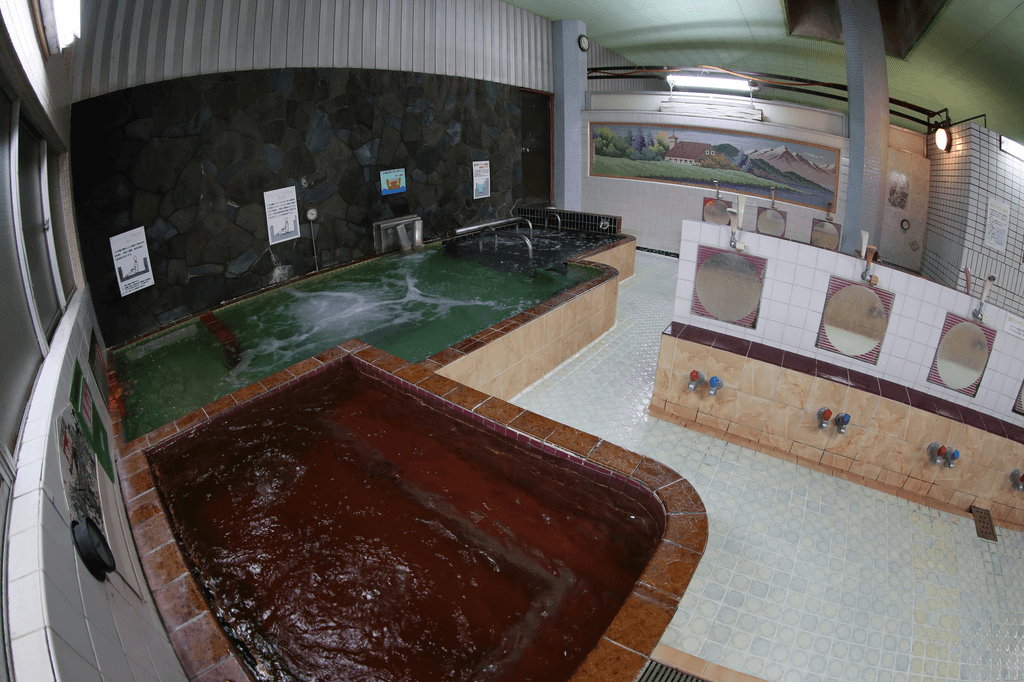
During the Kamakura period (1185-1333), Japanese noblemen built private baths in their residences. Around this time, steam baths or mushiburo were also invented in caves. Initially, only the elite could use baths; however, these baths were also open to commoners over time. Prominent Buddhist temples had structures in their precincts allowing locals to have steam baths for free. One of the main goals of this was to help promote and spread Buddhism.
The first official sento was recorded in 1591 in Tokyo, and it became popular with the locals. The popularity of the first sento allowed for the first sento boom. With the arrival of the Edo period, sento facilities became used by locals daily. A contributing reason why the Japanese bathhouse became popular was that cleanliness became very important.
What were bathhouses like during the Edo period?
The sento during the Edo period and now was very different. A few significant differences are that people typically soak the lower part of their legs during the Edo period. Additionally, people regularly engaged in mixed-gendered bathing. It was believed that Kansai had much more mixed-gendered baths than Edo (Tokyo). Bathhouse owners saw having mixed-gendered baths as a cost-saving method since they didn’t need to build separate baths.
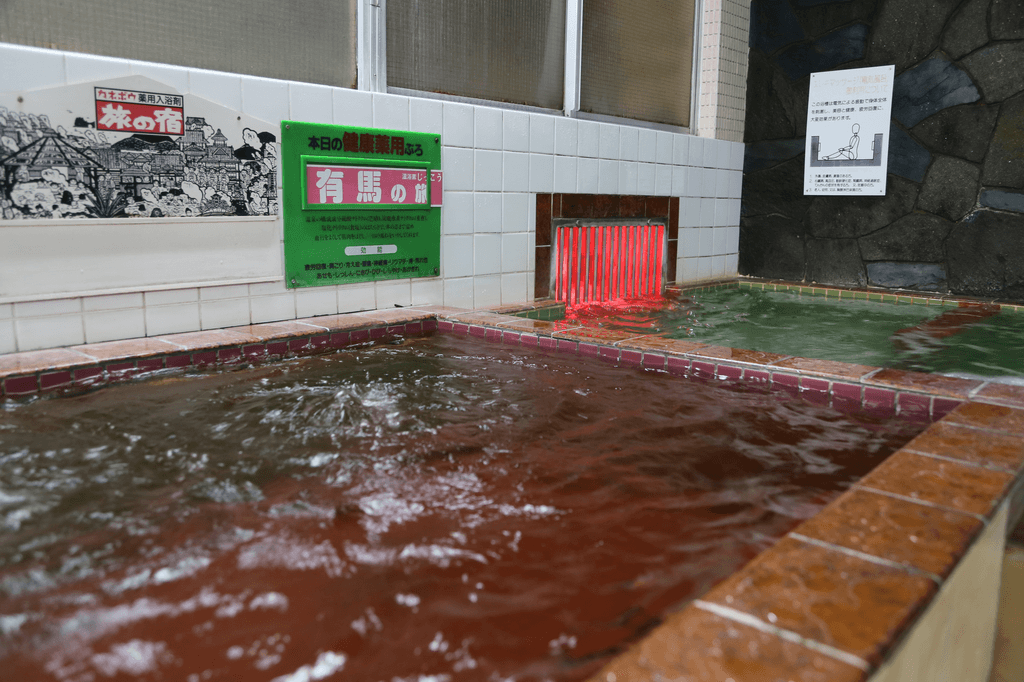
At these mixed-gendered bathhouses, it was also common for men to scrub women’s backs and visa-versa. Female scrubbers were called yuna, whereas male scrubbers were called sansuke. However, the Tokugawa Shogunate viewed mixed bathing, yuna, and sansuke as threatening public moral standards. They tried banning mixed bathing and scrubbers, but many bathhouses found ways around it.
Some sento bathhouses imposed different bathing hours for men and women, and some were strictly men’s or women’s bathhouses. Yuna and sansuke moved to the red light district bathhouses because it was hard for them to find employment. Eventually, yuna and sansuke scrubbers disappeared, but recently, there have been calls for sansuke to return to the mainstream Japanese bathhouse to assist elderly or disabled bathers.
Are you interested in enjoying some traditional snacks after a long bath? Check out Sakuraco! Can’t make it out to Kanagawa? Let Sakuraco bring Kanagawa to you! Sakuraco ships traditional Japanese sweets, snacks, and teas from local makers from all over Japan right to your door for you to enjoy!

How did the Japanese bathhouse change over time?
The combination of tighter rules surrounding bathhouses and the beginning of the Meiji era brought along new types of sento. These sento are sometimes referred to as Tokyo Sento. Tokyo Sento was more significant than the Edo period sento, windows were installed to let steam out, and partitions between men’s and women’s sections got taller. Additionally, some sento has special baths and features such as saunas, bubble baths, electricity baths, jacuzzi jets, and ice baths.

Some higher-end bathhouses also included rotenburo (open-air baths). All of these features helped boost the popularity of sento throughout Japan. At its peak, Tokyo had two thousand and eighty-seven sento during the 1960s. In 1968, eighteen thousand three hundred and twenty-five sento were recorded nationwide.
However, that number has considerably dwindled in the past few decades. Currently, it is estimated there are between 600-700 sento in Japan today. One reason sento is becoming less popular is the availability of baths in people’s homes and apartments. Despite the convenience of baths at home, many Japanese people still enjoy going to sento. Sento is a great place to socialize with neighbors and friends. Additionally, baths at home are typically tiny and compact, whereas sento baths are large.
Sento customs
When visiting a sento, it is essential to follow the rules of the bathhouse. Rules may vary between bathhouses, but the general guidelines are as follows.
Before you go
Bring a small towel, shampoo, and soap in a small bag or basket. Many sento do not have towels or shampoo (at some places, you can rent for a small price). If you have tattoos, you should cover them up as many sento do not allow tattoos.
When you go
Put your shoes in the locker and buy a ticket from the counter. At the counter, you can also buy/rent shampoo or a towel if you forgot one. Undress and put your clothes in the locker. If you have long hair, tie it up. Take a small towel with you.
Once you enter the bathroom, go to the wash basin and stool area and clean yourself.
After cleaning yourself, you can enter the bath. Many people often wear their towels on their heads when sitting in the sento.
After you finish
After bathing, you can return to the locker room and wear your clothes. Some locker rooms have dryers and other facilities that you can use.
It is common to drink milk after going to a sento; many sento usually have milk bottles in their vending machines.
Top 3 Sento to visit
Fukuno-yu
Fukuno-yu, located in Tokyo, is famous for its blend of modern and retro atmospheres. The sento’s concept revolves around “inviting fortune,” drawing inspiration from the numerous shrines and temples along the same road as Fukuno-yu. The sento rooms have elegant landscape paintings of Mount Fuji. In addition to regular baths, there are jacuzzis and body massages.
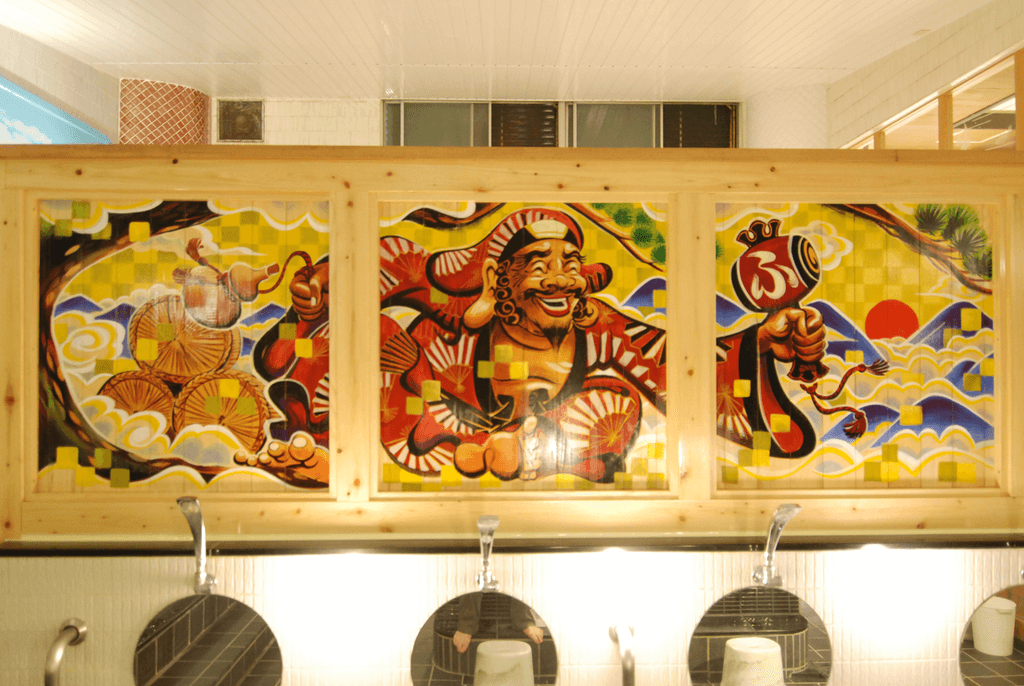
It also has medicinal baths that rotate weekly between women’s and men’s sections. Shampoo and conditioners are provided. The entrance fee is four hundred and sixty yen. Fukuno-yu is a five-minute walk from JR Hon-Komagome Station. Its opening hours are on weekdays, excluding Thursdays from 11 am-12 am, and is open on weekends from 8 am to 12 am.
Kuramae Onsen Sarasano-yu
Located in Osaka, Sarasano-yu is a super sento. Super sento are sento that are larger and have more modern facilities. The water used is natural onsen water directly from springs 1,350m below ground. Experts recognize this location as a natural healing hot spring with unique moisturizing benefits.
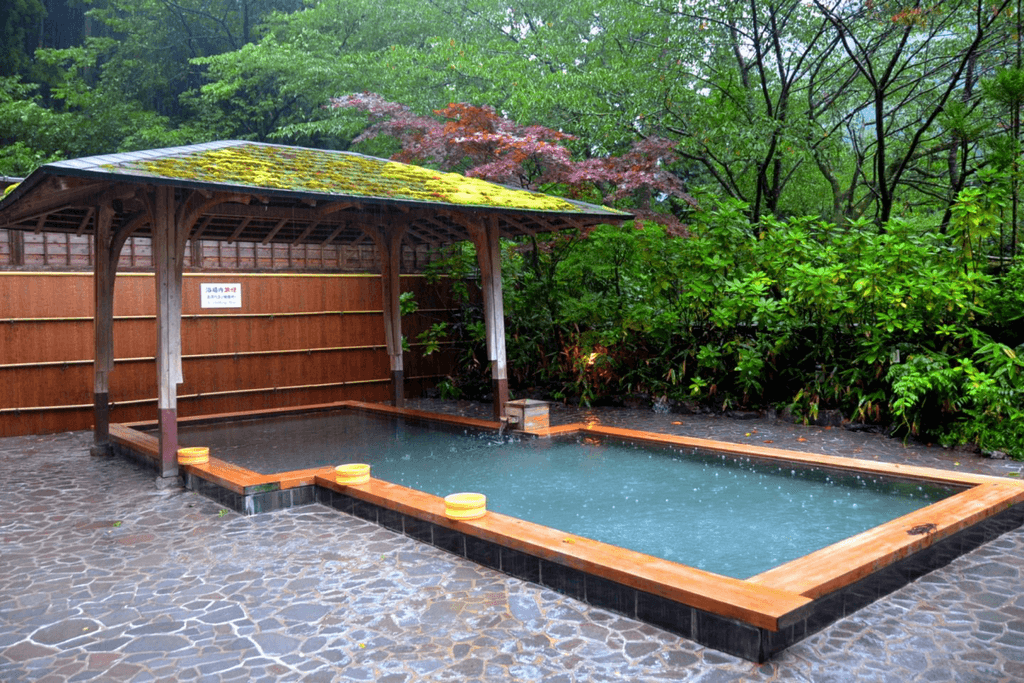
It is also famous for its effectiveness in alleviating muscle pains, improving circulation, and healing bruises. In addition to regular baths, there are open-air baths and silk baths. Kuramae Onsen Sarasano-yu is ten minutes from JR Hanwa Line “Sakai-shi” station. It is open every day from 9 am to 2 am. The entrance fee is 650 yen.
Daikoku-yu
Located in Kyoto, Daikoku-yu is a quirky sento. The owner of the sento likes to display souvenirs he has collected, with some people saying it feels like a museum. On top of that, it has an international clientele, so it has foreigner-friendly service! In addition to its regular baths, many locals also love the sauna. The entrance fee is 450 yen. Daikoku-yu is three minutes from Shūgakuin Station. It is open every day except Wednesdays and Thursdays from 3 to 11 pm.
Visiting a sento is one of the most unique experiences to do in Japan! Do you have a bathhouse culture in your country? What type of sento do you want to visit and why? Let us know in the comments below!

Discover authentic flavors with Sakuraco
Get Sakuraco 

Discover authentic flavors with Sakuraco
Get Sakuraco 
Related Articles
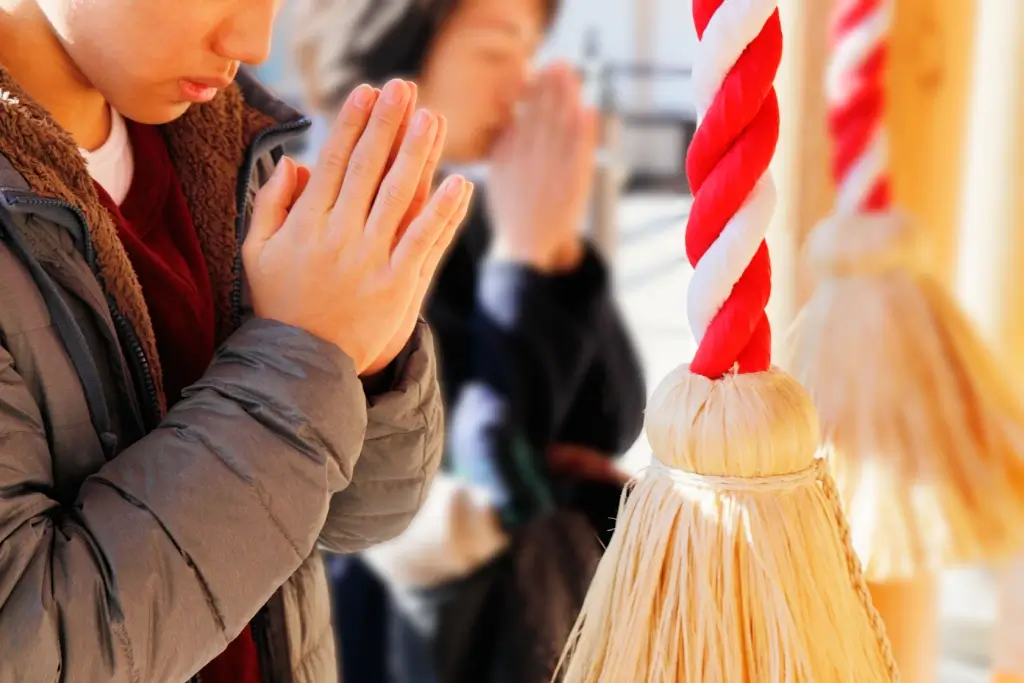
Hatsumode: Why Is It Japan’s Most Important Tradition?
Hatsumode is the first visit to a shrine or temple in the New Year in Japan, and it is one of the country’s most important traditions. Every year, millions of people participate, demonstrating the profound connection between this custom and daily life.
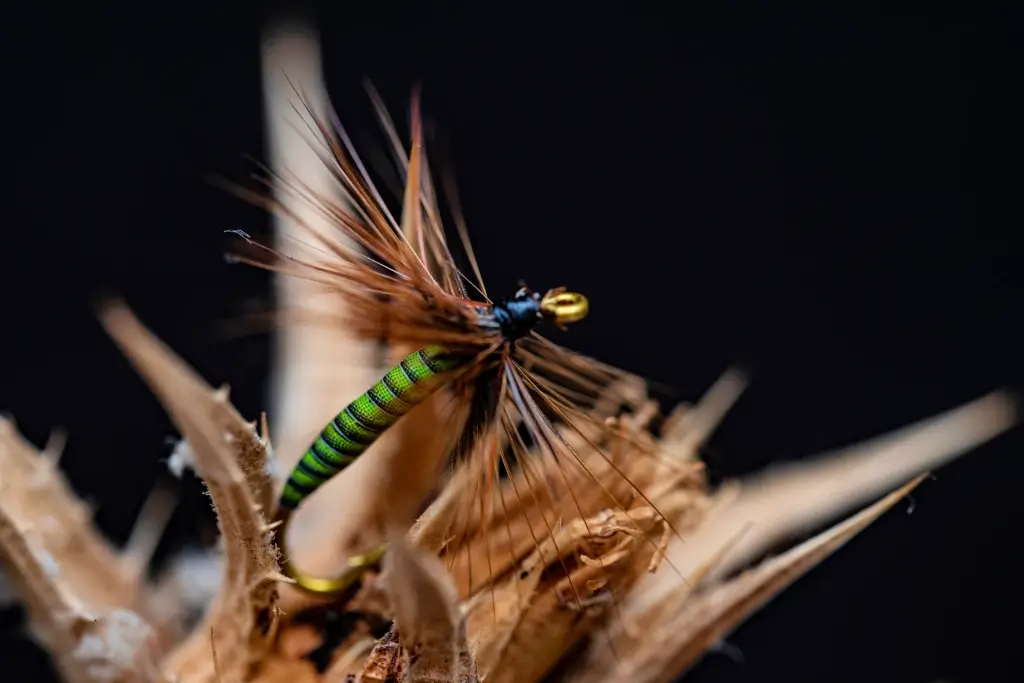
Japanese Fish Bait: The Beautiful Art of Kebari
Kebari are traditional hand-tied flies used for freshwater fishing in Japan, especially in mountain streams where small insects form the main diet of native fish. Instead of bright plastic lures, kebari use feathers, thread, and natural materials to create subtle movements in the water.
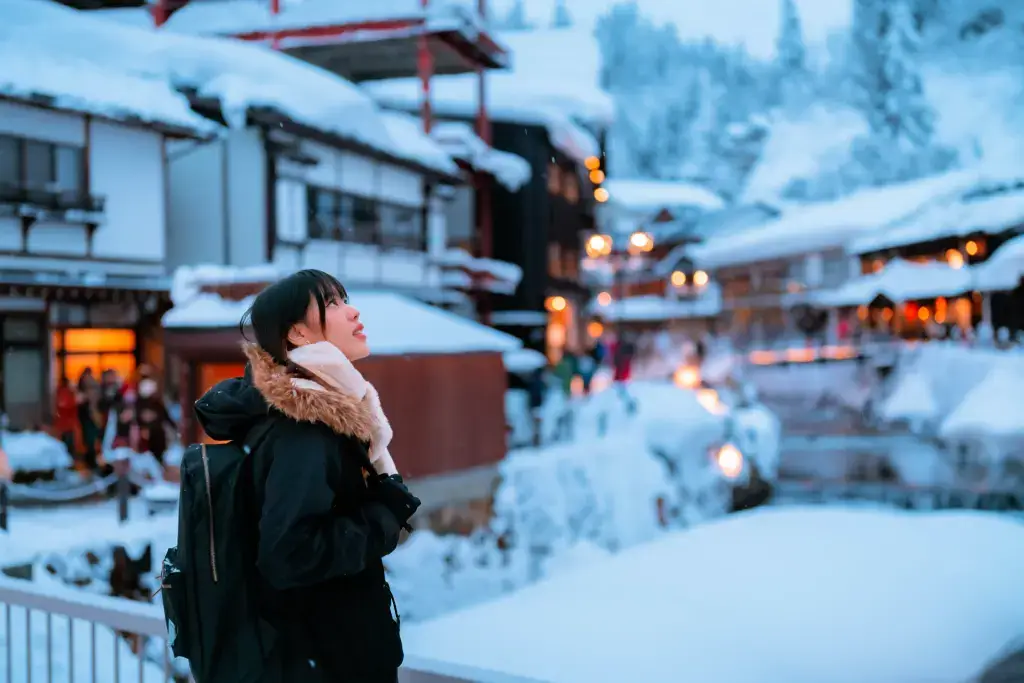
Japan Holidays Guide: Relax, Explore, and Delight in Festive Fun
As the year draws to a close, everywhere buzzes with preparations for the holidays, and Japan is no exception. Despite the cold winter weather, you can feel warmth in the scenery, decorations, and festive activities across the country. Let’s explore the unique experiences of holidays in Japan that many people dream of enjoying at least once in their lifetime!
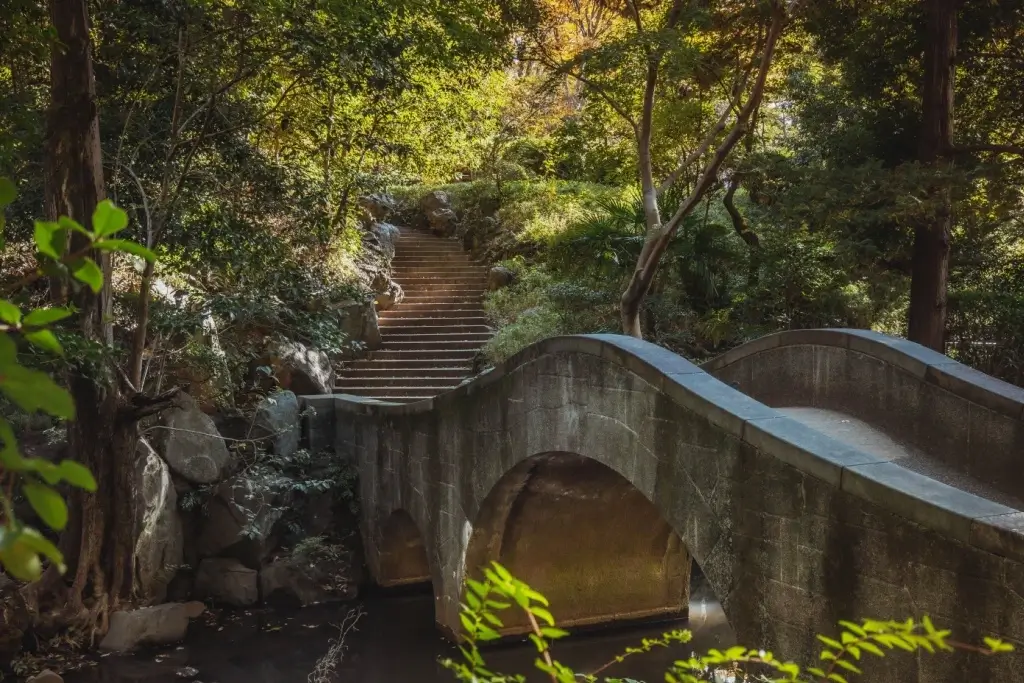
Tokyo Gardens: Five Beautiful Traditional Japanese Gardens to Visit
Tokyo gardens offer a relaxing escape for visitors looking to get a breath of fresh air. However, Tokyo has more than just the typical gardens we see in the West. Let’s explore five traditional Japanese gardens and what makes them unique!


